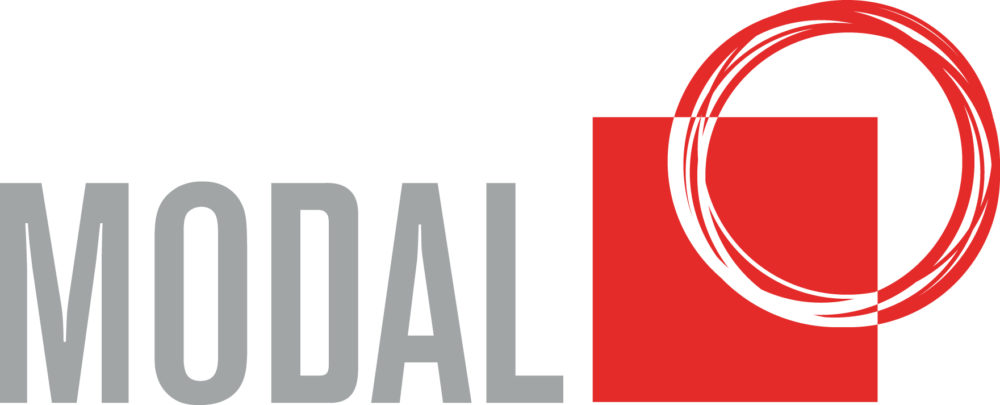The last few months has truly changed the way we live, the way we meet and the way we work – possibly forever. COVID itself, whilst having directly impacted very little of us with illness, has thrown a spanner right in the centre of organisational behaviours we didn’t realise we relied on so heavily. Whilst there are many stories of teams rallying together in the thick of the crisis, this is not sustainable for most, as the sense of urgency falls away and uncertainty fatigue has set in. Things like communication, managing priorities, expectation setting, resilience to change and psychological safety have been, and are now being tested to a point where they may have seemed absent amongst teams.
Whilst a lot of the problems that surfaced during the COVID crisis period seem new, they have most likely been under the surface for quite some time and as we move out of the crisis period, the symptoms of these problems may start to go away. But they are still there. And they will inevitably stop your teams from reaching their peak performance.
As we move into the post-crisis period, it may feel a bit like a sigh of relief. Teams thriving off the way they rallied together, culture re-forming and positive energy emulating throughout the office as we assimilate back into normal life. But the reality is that things are not the same, and the same leadership skills that helped your team thrive in the past are not the ones that are going to help them thrive in the new-normal.
Cracks that appeared during the crisis period have not been truly mended, expectations from people in regard to their leaders have been redefined and the way we communicate and the way we work will probably never go back to the way it was.
To truly thrive in the new-normal, your teams will need to be led a different way.
We have drawn on research into global crises, organisational development, group dynamics, neuroscience culture and cognitive behavioural psychology to refine exactly what leadership skills are required to develop high-performing teams in the new normal.
And what we discovered was vastly different to the information that is out there. In this article I am going to outline what myths are currently being circulated about leadership in the new normal and counter those myths with the skills you do need so that your team begins to thrive again.
Myth 1:
The responsibility of leadership rests with the leader of the team
This myth has been circulating a lot recently and a lot of leaders are feeling the pressure to single-handedly push their team towards their goals.
Hero leadership is dead.
And the idea behind it has been proven to be inefficient and leads to lower performance. Hero leadership is a mindset where there is only the requirement for leadership from one member of the team and they are the hub in the wheel where everything must flow through them. This creates bottlenecks and frustration for both the formal leader of the team and other members of the team
Instead, you need to enable your team to become self-led, and at the very least break down the silos and boundaries within the team and promote self-leadership and peer coaching. It’s important to introduce this mindset to your team and kill off the notion of Hero Leadership.You can do this through applying Patrick Lencioni’s ideal team player concept – humble, hungry, and smart.
Myth 2:
Showing vulnerability as a leader is a sign of weakness
Every effective modern leader will tell you that the opposite of this concept is true, and vulnerability is a strength of a great leader. We just went through one of the biggest changes of our lifetime and the amount of change and ambiguity is overwhelming. As a leader, the more we can relate to our team about this, the more we can be honest about our feelings towards it, the stronger our bonds become and the better positioned we are to lead.
It is important to remember that there is a big difference between vulnerability and weakness, and that difference can often be attributed to the management of fear. Weakness happens when a leader is physically and emotionally drained. Vulnerability is not about showing weakness. It is about being relatable, humble and considered, in the way you present your challenges.
John Mattone is the former coach of Apple founder Steve Jobs, and one of the foremost experts on Intelligent Leadership. Mattone often advocates the showing of vulnerability and says that is a key skill that leaders absolutely need to display.
“It builds trust, creates psychological safety, and creates a team environment where personal growth and high-performance flourish.”
Myth 3:
Define organisation priorities annually
One of the biggest mistakes leaders can make in the new-normal is assuming that they can rely on the same task and priority setting behaviours that served them before the crisis.
Setting team priorities at an annual off-site and allocating accountabilities to projects only once a year could be a catastrophic mistake given today’s changing demands and corporate priorities.
Although annual priority setting as a team is really important from a company point of view, communicating these priorities, and reviewing them regularly (fortnightly or even weekly) creates a lot more accountability, alignment and energy around those goals and how they will be reached.
Myth 4:
Employee roles can be clearly captured in a job description document
Traditionally, rigid role descriptions have worked fine for organisations and teams, where a clearly defined role was enough for individuals to get the job done. But as organisations have adapted and we have learnt more about high performance, what has become apparent is that it’s actually inefficient and detrimental to hold team members strictly accountable to their job titles and roles.
To be truly effective, agile and adaptable to changing environments, you will need your people to step outside their traditional swim lane and do collaborative work with others, that isn’t on a job description. Ask your team for input on alternative ways to operate within their role (outside of a single document) and have a crack at implementing any ideas.
This creates more collaboration, motivation and productivity.
Myth 5:
The solution to a struggling team member is more training
One of the biggest things you need to ditch in the new-normal are your assumptions you may have about what is impacting a person’s performance. These assumptions are often limited and sometimes wrong.
As an effective team leader, you need to be great at diagnosing what’s enabling or what’s restricting your people on a greater scale than just skills capability. This means a shift in focus from prescribing to diagnosing.
Your first step in diagnosing may be seeking to understand if there is anything going on outside of work that is impacting how they do their job and asking what you can do to support them.
Another way to diagnose should be to thoroughly examine the strengths and behavioural requirements of the role they are in, to see whether they are a natural fit. There are really effective scientific tools that can help with this, for example Predictive Index, Hogan Assessments, Pxt, PRINT profiles are just some of the tools that you can use to provide rigour around assessing strengths vs job fit.
See how closely your people are matched naturally to what the job requires (beyond just their experience). No amount of supervision/coaching/training/mentoring will be successful in helping someone if their natural talents are not that closely aligned the requirements of the job. Chances are that 1 in 2 teams will have someone in a role that’s very far from a natural fit. It could be someone in yours.
Myth 6:
Leaders need to be inspiring and good at reading people
Good leadership comes in many forms for many different people, and the idea that leaders need to fit this “movie-style”, bold, charismatic personality is fiction. There are actually a limited number of personality types that are naturally charismatic, and a limited number that are just naturally good at reading people. Trying to fit that mould is an inauthentic way of leading your people.
Instead, focus on the skills that you do have and the ones that can be developed and practiced as it pertains to your team. For example, leaders need to be curious and good at diagnosing. This means being able to answer the right questions to uncover patterns of thinking and behaviour in their people. Being able to have a coaching conversation where they elicit how a person is feeling and what challenges they have, is a learned skill.
Leaders also need to be able to use the skills at their disposal to diagnose people’s strengths, weaknesses, drivers and unconscious motivators. Behavioural tools such as PRINT or DISC may be ways of profiling team members and help to lead them in a way that is right for them.
Given the continued uncertainty, more than ever leaders will need to not only be resilient themselves but also enable their team to be resilient. Only through having a good understanding of both what motivates and what de-rails your people can you do this successfully.
Myth 7:
Working on the development of the team is a once a year off-site workshop
Teams are constantly evolving organisms, changing in composition, in behaviour and in purpose as time goes on. So not nurturing and developing that team regularly can be the difference between high performance and storming behaviour. A once a year workshop will not cut it.
Research on high performing teams has shown they can have a 2x multiplier on performance output when they are functioning well. Development for a team (not just individuals within a team) is something that needs regular focus.
High Performing Teams researcher and author Patrick Lencioni says that teams need time together to work on their collective effectiveness. He recommends teams checking in once every 3 months on how the team is functioning and making small tweaks to clarity and alignment that improve performance (and the leader’s ability to get a good night sleep)! Plus pay attention in the meantime to not just ‘What we are doing’ but also ‘how we are doing it’. The focus needs to also be on effective behaviours, norms, and routines.
Remember that the new-normal calls for a new type of leader. COVID has transformed a lot of the ways that we work, we communicate and that we lead and the most important thing you can do right now is refocus on what skills you want to develop and what rules you need to ignore as you move your team back to high performance.





